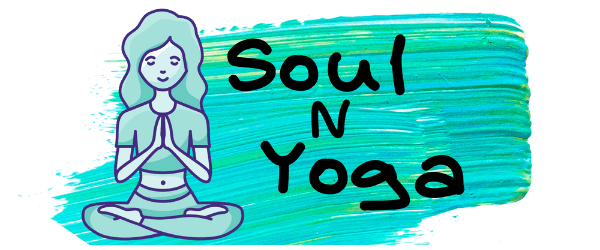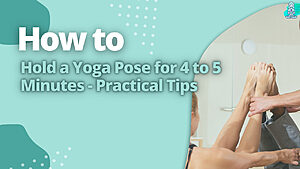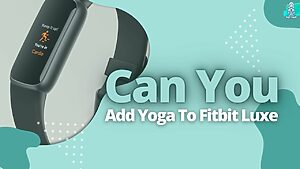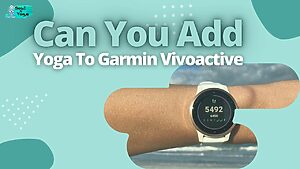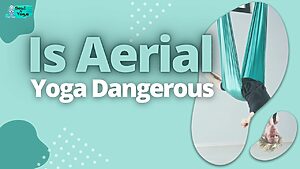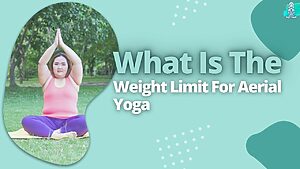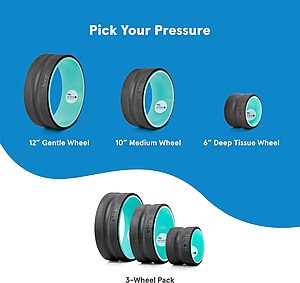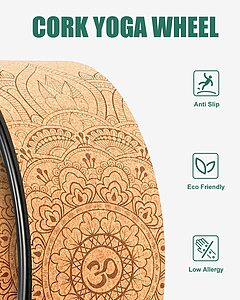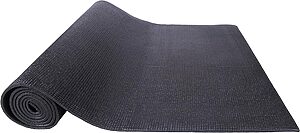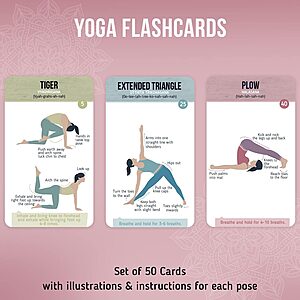There’s no denying that yoga is having a moment. More and more famous and regular people are getting on the mat to enjoy yoga’s mind-body advantages.
If you’re new to yoga, you may have heard of the Downward Facing Dog Pose or “Adho Mukha Svanasana.” This pose is a staple in many yoga practices and is considered a beginner-friendly pose. But just because it’s beginner-friendly doesn’t mean it’s easy!
In this blog post, I’ll explain everything you need to know about the Downward Facing Dog Pose, from how to get into the pose to the benefits of practicing this pose regularly.
Key Takeaways
- Downward Facing Dog Pose is a yoga pose that helps to improve flexibility, relieve stress, and increase strength.
- The pose can be performed by anyone, regardless of their yoga experience or fitness level.
- Start by placing your hands and knees on the ground to perform the pose. From there, lift your hips up and back while keeping your arms and legs straight. Be sure to keep your core engaged throughout the pose.
- Hold the pose for 3-5 breaths before slowly releasing back into the lowered hip position.
- Repeat the pose 2-3 times total for best results.
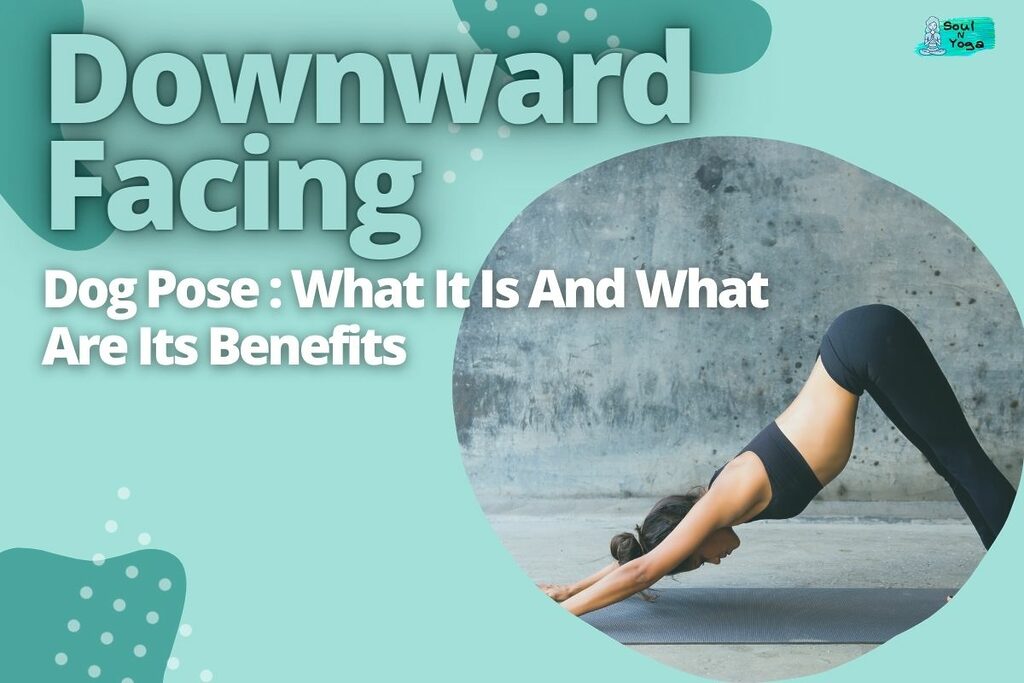
What is the Downward Facing Dog Pose?
The Downward Facing Dog Pose is a popular yoga pose that offers a full-body stretch. It lengthens the spine and releases tension in the shoulders, hamstrings, and calves.
The Downward Facing Dog Pose also strengthens the upper arms and stretches the abdominal muscles.
- To do the Downward Facing Dog Pose, start standing with your feet shoulder-width apart. Bend forward at the waist and place your hands on the ground in front of you. Walk your hands forward until your arms are straight. Spread your fingers wide and press firmly into the palms of your hands.
- Next, tuck your toes under and lift your hips into the air. Keep your knees slightly bent and press back through your heels to lengthen your hamstrings. Pressing back through the heels will also help to prevent low back pain in this pose.
- Once you have lifted your hips into the air, begin straightening your legs. If you have tight hamstrings, keep a slight knee bend until they loosen up. Pressing firmly into both hands, lift your chest towards the sky while keeping your hips pressed back towards the ground.
To deepen the stretch in this pose, walk your hands together or bring them further apart. You can also try placing a block under each hand for added support.
Slowly lower your hips to the ground and return to a standing position with your feet shoulder-width apart to release from this pose.
The Downward Facing Dog Pose Is A Popular Yoga Pose
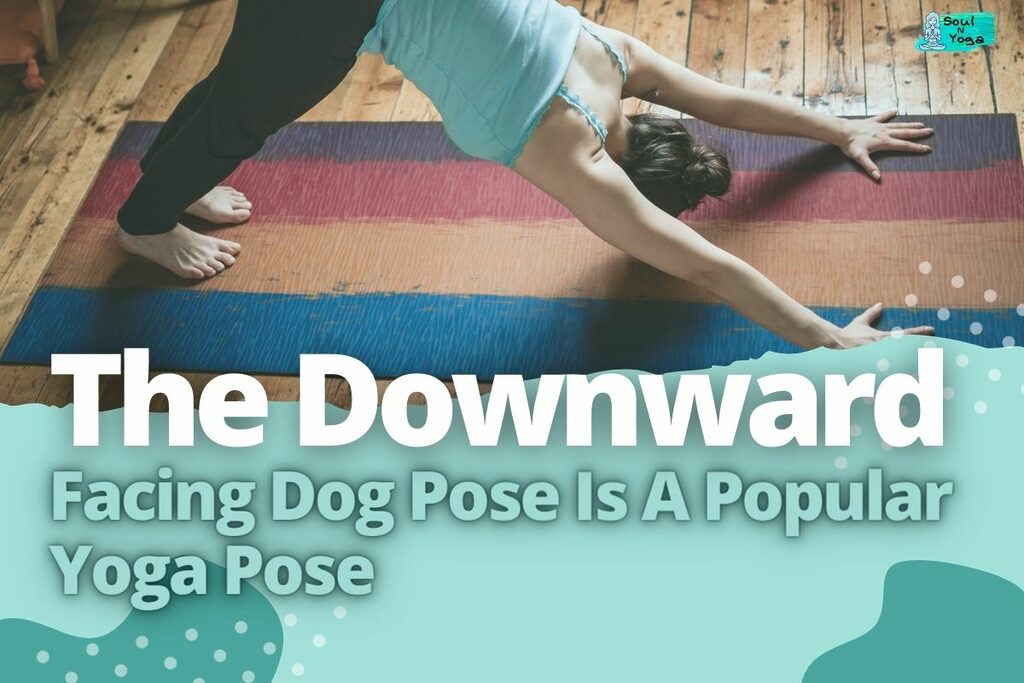
The Downward Facing Dog Pose is a popular yoga pose that stretches and strengthens the entire body. It’s often performed during yoga class but can also be done at home as a daily routine.
The Downward Facing Dog Pose helps to relieve back pain and improve posture, but one of the most important benefits of this move is that it increases flexibility throughout the spine.
It Can Help To Improve Flexibility, Strength, And Balance
The Downward Facing Dog Pose is a popular yoga pose with many benefits, including improved flexibility, strength, and balance. The pose is also a mild inversion, which can help to improve blood circulation and stretch the calf muscles.
For people with carpal tunnel syndrome, the pose can help to improve blood flow and reduce stiffness. Some modifications can be made to the Downward Facing Dog Pose for people who have difficulty balancing or for those new to yoga.
The most common modification is to place a block under the hand of the raised arm. This helps to support the body’s weight and makes it easier to balance.
The Downward Facing Dog Pose can help stretch the back muscles of people with lower back pain. To prevent further discomfort, it is crucial to ensure that the body is aligned properly.
People with carpal tunnel syndrome should also be careful not to put too much pressure on their wrists when doing this pose.
It Can Also Help To Reduce Stress And Tension In The Body

Downward Facing Dog Pose can also help to reduce stress and tension in the body. The pose stretches the whole body, including muscles and joints, which can relieve stress.
In addition to being a great way to relax at the end of your day, Downward Facing Dog Pose is good for preparing your body for more challenging yoga poses like Headstands or Handstands.
It’s important to remember that Downward Facing Dog Pose should only be practiced by those already familiar with basic yoga poses. Stop performing this stance as soon as you feel any pain.
How to do the Downward Facing Dog Pose?
To do the Downward Facing Dog Pose, start in a tabletop position on your hands and knees. Ensure your wrists are under your shoulders and your knees are under your hips.
Then, tuck your toes under and lift your hips into the air. Keep your legs straight as you extend them back behind you. You should now be in an inverted “V” shape with your body.
You can either stay in this position or walk your feet closer to your hands to deepen the stretch. To release from the pose, simply lower your hips and return to a tabletop position.
If you are new to yoga or have any health concerns, please consult with a doctor before beginning any yoga practice.
Are There Any Risks Associated With The Downward Facing Dog Pose?
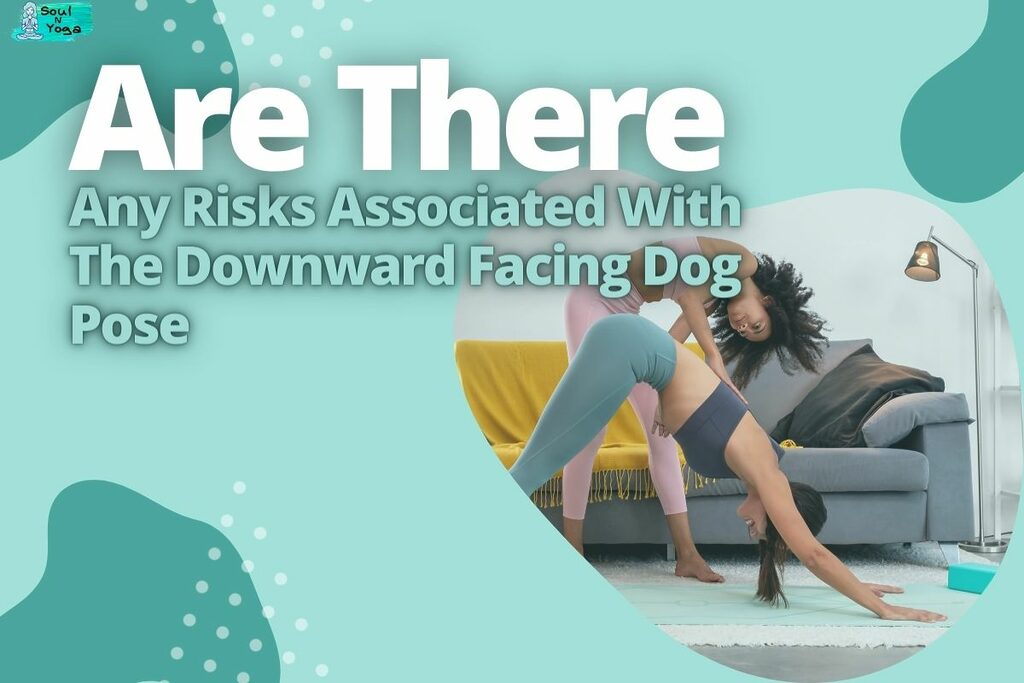
- Do not do the pose if you have any injuries in your neck or back.
- If you have high blood pressure, the Downward Facing Dog Pose is not for you.
- You should avoid this pose if you have glaucoma or retinal disease, as it can increase intraocular pressure (pressure inside your eye).
Common Mistakes People Make In The Downward Facing Dog Pose
- Don’t push your shoulders too far forward.
- Don’t let your hips sink too low.
- Don’t let your heels come up too high.
- Don’t let your back arch too much.
- And don’t let your head hang down.
When Not To Do The Downward Facing Dog Pose
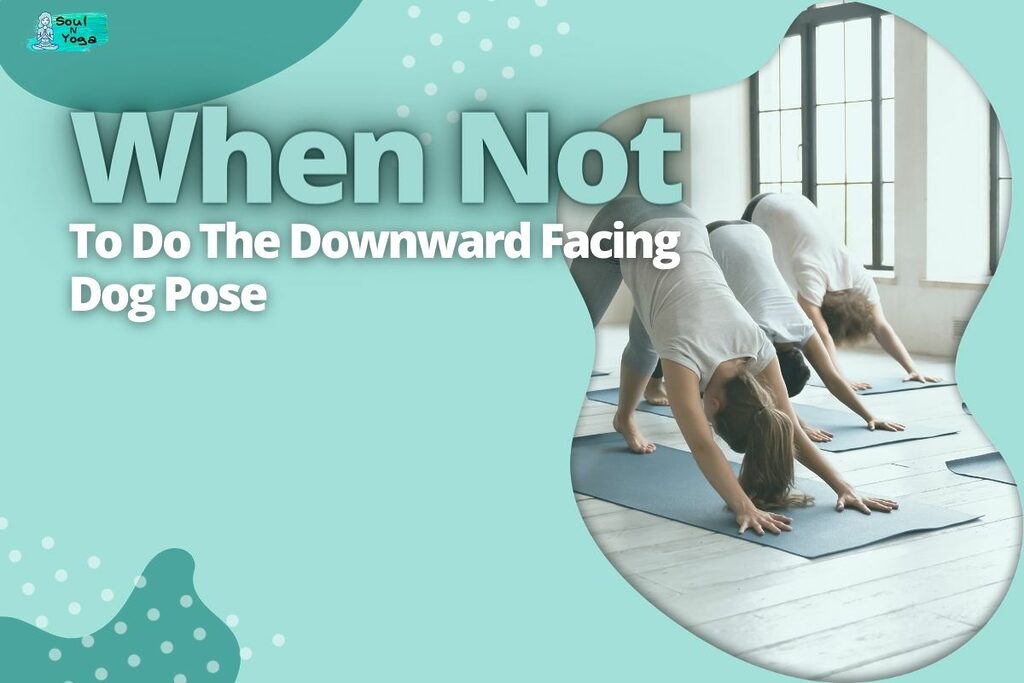
If you have the following conditions, you should avoid this pose.
- If you have a back injury, or if you have had a back injury in the past
- If you have a neck injury, or if you have had a neck injury in the past
- If you have had any type of surgery on your spine
Conclusion
The Downward Facing Dog Pose is one of the most popular yoga poses. It’s a great way to stretch, strengthen and balance your body. But before you start practicing it, ensure you understand all its benefits and risks.
There are many benefits to downward-facing dog pose, including increased flexibility, improved circulation, and reduced stress levels. This pose is also beneficial for those suffering from back pain, as it helps to stretch and strengthen the muscles in the back.
If you’re looking to improve your yoga practice or want to try something new, the downward-facing dog is a great pose to start with.
So what are you waiting for? Get down on all fours and give a downward-facing dog a try. For more positions and advice, read our other yoga articles.
Frequently Asked Questions
Are there any precautions I need to take when doing the Downward Facing Dog Pose?
The Downward Facing Dog is an asana that stretches and strengthens the entire body, including your calves, thighs, shoulders, back, and abdomen. To do this pose safely, pay close attention to your body while in the position by maintaining a neutral spine and not allowing your heels or knees to splay open.
How often should I practice the Downward Facing Dog Pose?
According to the American College of Sports Medicine, thrice, the Downward Facing Dog should be performed thrice a week.
Does this pose work for everyone or just for certain people in certain situations?
While it’s commonly believed that stretching is good for everyone, research shows that some people may not benefit from a full range of motion when they stretch.
In what ways can I make the pose more effective for me?
You can make the pose more effective for you in several ways. For example, you can choose to do the twist while seated on a chair or on the floor. Or use a block under your hand for support.
- How to Hold a Yoga Pose for 4 to 5 Minutes – Practical Tips
- A Guide to Finding the Perfect Yoga Mat for Carpet Floors
- Can You Add Yoga To Fitbit Luxe (Unlock the Power)
- Can You Add Yoga To Garmin Vivoactive (Yoga On The Go)
- Is Aerial Yoga Dangerous (The Scary Truth)
- What Is The Weight Limit For Aerial Yoga (Exploring The Possibilities)
